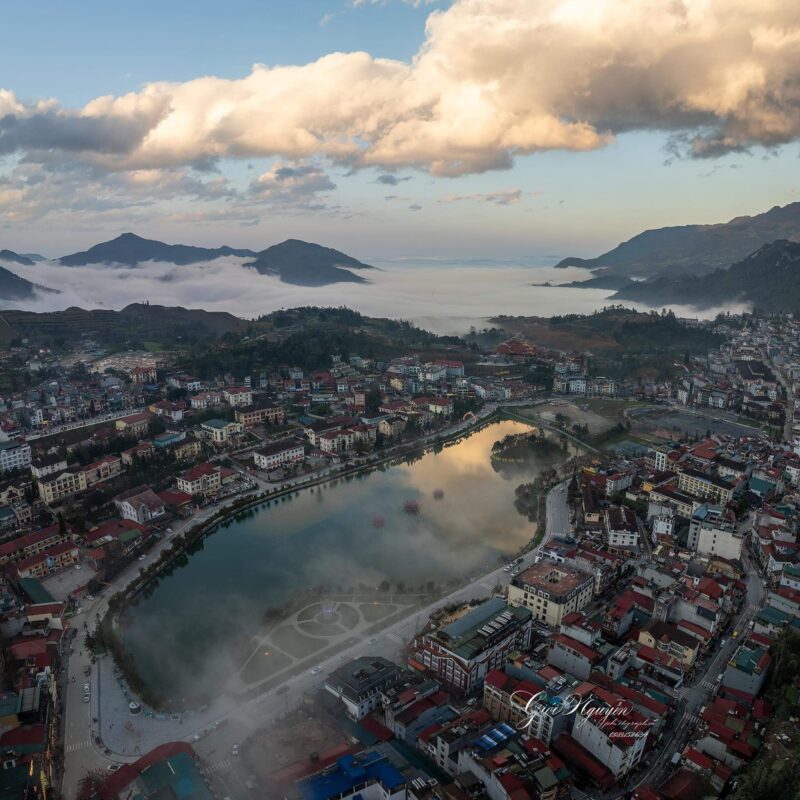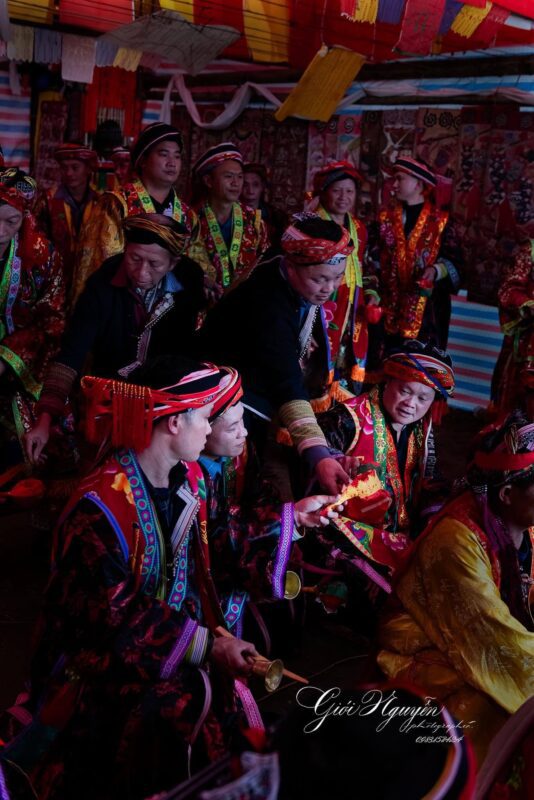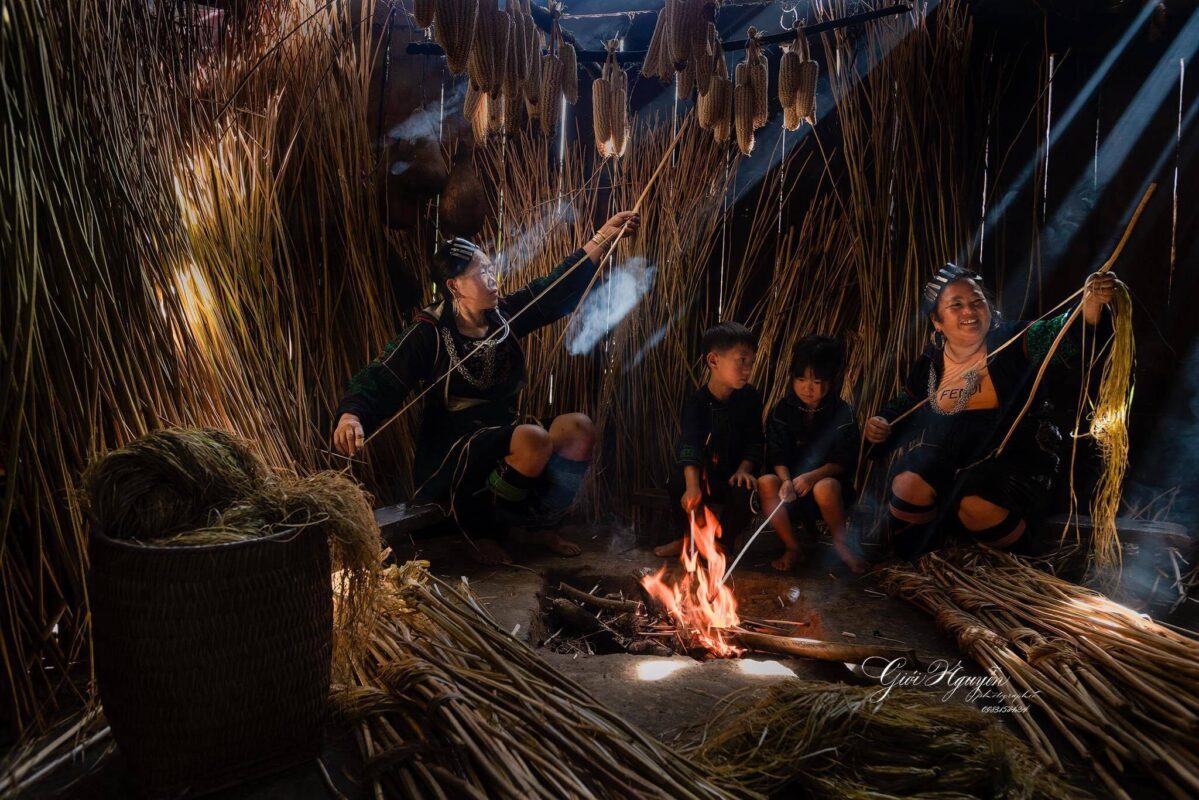Sapa is the province of Lao Cai city, Sapa town was founded by the French in 1903 the French decided to choose Sapa as a place to relax. In the XX century, Sapa Town Mountain was very mother nature and there was nobody who came here just only the ethnic minorities living here, that way during the lunar New Year the Vietnamese people who living here went home to visit their families from different parts of Vietnam.
Sapa in Vietnam’s population.
Since 2019 the population has 81.857 people living in Sapa Town and Sapa in Vietnam 6 different ethnic minority groups are living here, they are Kinh, Tai, Red Dao, Zay, and Xa Pho. The Hmong Ethnic group living around Sapa in Vietnam is 52,65%, Red Dao 24,04%, Kinh 17,91% Tay 4,74% Zay 1,36%, All the ethnic minorities people who living in Sapa mainly work on farms and in tourism.
6 of these ethnic minorities have different traditional dress and different cultures. The 5 of the trip is to celebrate the Lunar New on the 9th-10-11 of February or January but the Red Dao Ethnic minority have two celebrate. For example, they celebrate 2023 1 week before the Lunar New Year and they will celebrate again on the 9- 10 for the Lunar New Year 2024.



Where is about Sapa in Vietnam?
Sapa in Vietnam is Located in Lao Cai City and Sa Pa town is located in the west of Lao Cai province,
geographically:
The east borders Lao Cai city and Bao Thang district
The west borders Tam Duong district and Tan Uyen district in Lai Chau province the south borders Van Ban district
the north borders the Bat Xat district.
Natural condition and Topographic
Sapa in Vietnam Located in the northwest of Vietnam, Sa Pa town has an average altitude of about 1,600 m – 1,800 m above sea level, 33 km from Lao Cai city and 317 km from Hanoi. In addition to the main road from Lao Cai City, to get to Sa Pa. There is a Highway from Ha Noi airport to Sapa this day many travellers to Sapa they will travel by bus sleeping bus just only 6 hours from the highway to Sapa.
At the intersection of the western boundary of Sa Pa town with Tam Duong and Tan Uyen districts, in Hoang Lien commune is Fansipan mountain – the roof of Indochina, nearly 3,143m high.
In 1897, the French colonial government decided to open an investigation into the ethnic minorities in the highlands. The first investigation teams arrived in Lao Cai in 1898. in 1990, up to 300 in 1995. In 2003, Sa Pa town had about 60 large and small hotels with 1,500 rooms. The number of tourists to the town increased from 2,000 visitors in 1991 to 60,000 visitors in 2002.
On December 27, 1975, the three provinces of Lao Cai, Yen Bai and Nghia Lo (except for the two districts of Bac Yen and Phu Yen merged into Son La province) merged into Hoang Lien Son province, Sa Pa district of Hoang Lien Son province.